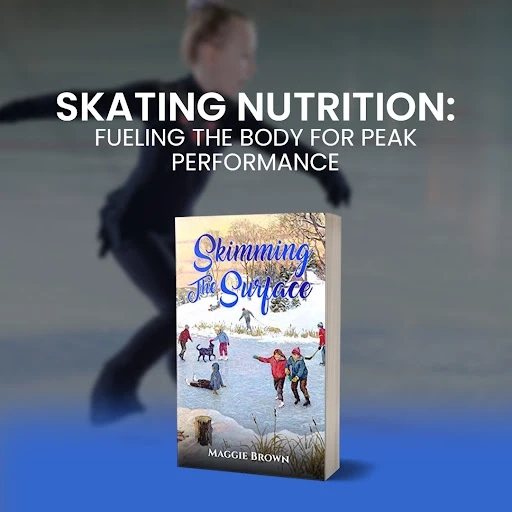For young figure skaters, the pursuit of their passion often coincides with the demands of education. Balancing the rigorous training and competition schedule of figure skating with academic responsibilities can be a challenging endeavor. In this article, we will explore the importance of finding balance and effective strategies for juggling school and figure skating.
Time Management: The Key to Success
Time management is crucial when it comes to balancing school and figure skating. Skaters must create a well-structured schedule that includes dedicated time for academics and training. Effective time management techniques, such as prioritizing tasks, setting realistic goals, and utilizing calendars and planners, can help skaters stay organized and allocate sufficient time to schoolwork and skating commitments.
Open Communication: Collaborating with Teachers and Coaches
Maintaining open lines of communication with teachers and coaches is vital in finding the right balance between school and figure skating. Skaters should inform their teachers and coaches about their commitments and work together to create a supportive environment. Teachers can provide academic accommodations, such as flexible deadlines or study resources, while coaches can offer training schedules that align with school requirements.
Efficient Study Techniques: Maximizing Learning in Limited Time
With limited time available for studying, skaters need to employ efficient study techniques. Effective strategies include breaking down study sessions into manageable chunks, utilizing active learning methods like flashcards or group discussions, and using technology for remote learning or accessing educational resources on the go.
Self-Care: Nurturing Physical and Mental Well-being
Balancing school and figure skating can be physically and mentally demanding. Skaters must prioritize self-care to maintain their overall well-being. This includes getting enough rest, eating nutritious meals, staying hydrated, and engaging in stress-reducing activities like meditation or hobbies outside of skating. Taking care of their physical and mental health enables skaters to perform better both in the classroom and on the ice.
Setting Realistic Goals: Striving for Excellence in Both Areas
Setting realistic goals is essential in maintaining a healthy balance between school and figure skating. Skaters should aim for academic achievements that align with their abilities and ambitions while setting realistic performance goals in their skating endeavors. Skaters can excel in both areas without feeling overwhelmed by finding the right balance and setting achievable goals.
Conclusion
Finding a balance between school and figure skating is challenging yet rewarding. Through effective time management, open communication, efficient study techniques, self-care, and setting realistic goals, skaters can navigate the demands of both academic and athletic pursuits. Skaters can excel academically and achieve their skating goals by striking the right balance, fostering a well-rounded and fulfilling experience both in and out of the classroom and on the ice.
Discover the inspiring journey of balancing school and figure skating in "Skimming The Surface" by Maggie Brown. Dive into young skaters' strategies, challenges, and triumphs as they navigate the demands of education and their passion. Get your copy today from this link https://amz.run/6mUT and be inspired to achieve harmony in your pursuits.


